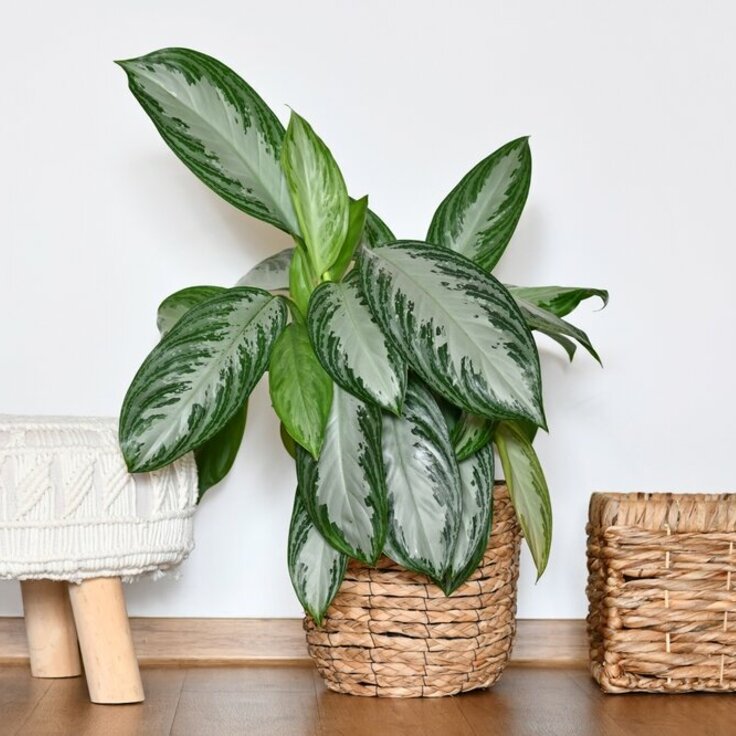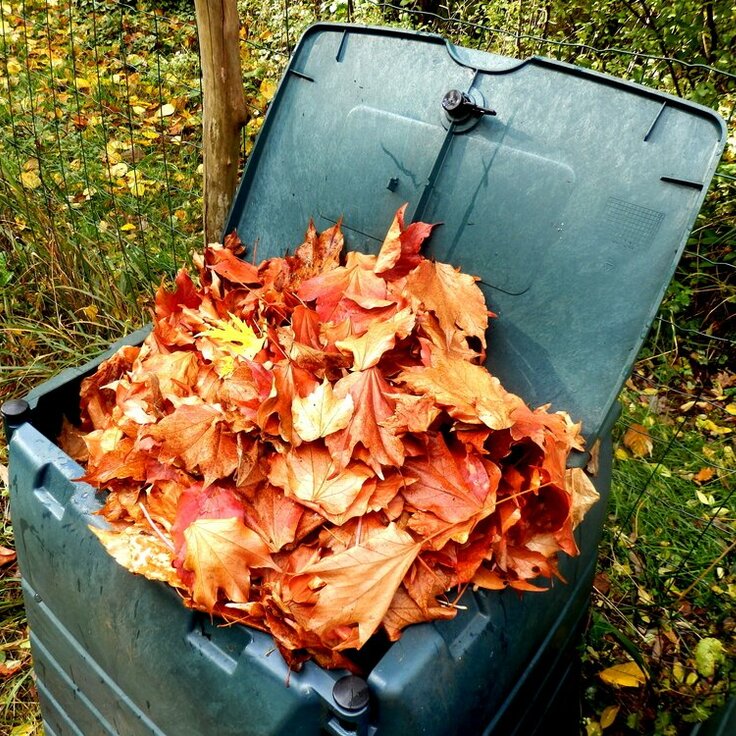Grow Vertical with Annual Vines
If you are looking for plants that offer maximum rewards for minimal effort, look no further than annual vines. Morning glories are perhaps the most common annual vine, and for good reason: They grow quickly, are easy to maintain, and flower abundantly. But don't limit yourself to these beauties; there are so many annual vines to choose from that the secret is out about these versatile, fun plants.
Even gardeners with limited space can enjoy annual vines because they'll grow vertically, requiring just a square foot or two of actual garden space. Lacking that, urban gardeners can plant vines in containers or window boxes and train them up and around a window frame.
Before you start, know that many annual vines are vigorous growers. That's part of their charm, but they do require planning. Unless you wish to let the vines sprawl over a stone wall or bank, you'll need to provide some type of support. Fortunately, most annual vines can be trained to a simple string trellis -- no fancy or expensive wood structures are needed as with heavier, woody perennial vines.
The simplest support consists of a few vertical strands of heavy twine secured at the top to the eave, allowed to dangle to the ground, and trimmed so they reach a few inches above the soil line. Vines planted below will quickly find the strings and start climbing. Or secure a mesh trellis -- the kind sold to support peas, for example -- to the siding, making sure there's a few inches between the wall and mesh to give the vines room to twine. A simple tepee made from three or more sturdy branches or bamboo poles is another simple solution. Leave one section open and you've created a little hideaway for your children.
Note that some vines are more vigorous than others, so match the vine to the space you have, the support you're providing, and the look you want. Use vigorous annual vines to hide less-than-attractive landscape features, such as chainlink fences, or to provide a summertime screen between you and your neighbors. Use less vigorous ones in hanging baskets and window boxes.
Vigorous Vines
Morning glory (Ipomoea purpurea, I. tricolor, and others) The popularity of morning glories does nothing to diminish their magnificence. Whether they're adorning a trellis, mounded over a mailbox, or shading a porch from the midday sun, these vines will be covered in colorful, funnel-shaped flowers all summer long. Morning glory vines can reach more than 20 feet in length, so plan your support system accordingly.
Cypress vine (Ipomoea quamoclit) The finely cut, feathery foliage belies this plant's kinship with morning glory, but its vigorous growth is a good indication -- vines can reach 20 feet. The bright red, tubular flowers attract hummingbirds all summer long.
Moonflower (Ipomoea alba) The common name "moonflower" is apt for two reasons. First, the flowers open in the evening, emitting a clove-like scent that attracts moths. Second, the 6-inch flowers are round and white -- moonlike. If you tend to spend your evenings in a screened porch, train moonvine to climb the door frames so you enjoy their intoxicating scent all summer long.
Spanish flag or exotic love (I. lobata, formerly Mina lobata) The striking blooms on this vigorous vine start out deep red, then fade to yellow and then white as they mature, with all three colors showing up on each flower cluster. The dark green, three-lobed leaves are attractive, too. Vines can reach to 20 feet.
Cardinal climber (Ipomea x multifida) Hummingbirds love the bright red, trumpet-shaped flowers on this vigorous vine. However, the foliage alone makes this vine worth planting -- bright green, palm-like leaves provide a glorious backdrop for the flowers. The vines grow up to 20 feet tall.
Scarlet runner beans (Phaseolus coccineus) Another hummingbird favorite, scarlet runner beans are perhaps the easiest of all the vines to grow. Grow them like you would any other pole bean -- after all, that's what they are -- and they'll supply you with both lovely red flowers and edible green pods. Vines grow from 12 to 20 feet in length, so provide a sturdy support. A bamboo tepee is perfect -- it allows you to harvest from all sides.
Hyacinth bean (Lablab purpureus) This vine has much to offer: striking deep green leaves with maroon veins, white to purple pea-like flowers, and shiny, dark maroon seedpods. Neither a hyacinth nor a true bean, this vigorous vine will climb to 10 feet or more. Don't be tempted to eat the attractive pods; they are mildly toxic.
Less Vigorous Vines
Black-eyed Susan vine (Thunbergia alata) With dark-throated orange, yellow, or white blossoms with dark centers, black-eyed Susan vine is popular for its manageable size and abundant flowers. Under ideal conditions -- fertile soil in a lightly shaded location -- vines can reach up to 8 feet in length and are perfect for hanging baskets and window boxes.
Climbing nasturtium (Tropaeolum majus) Although the dwarf or bush types are more common, some varieties of nasturtium, such as 'Jewel of Africa', are climbers. The climbers are ideal for containers and hanging baskets, with vines reaching a maximum length of 6 feet.
Try some annual vines this summer and enjoy their exuberance and carefree nature.
Read more from the National Gardening Association.








